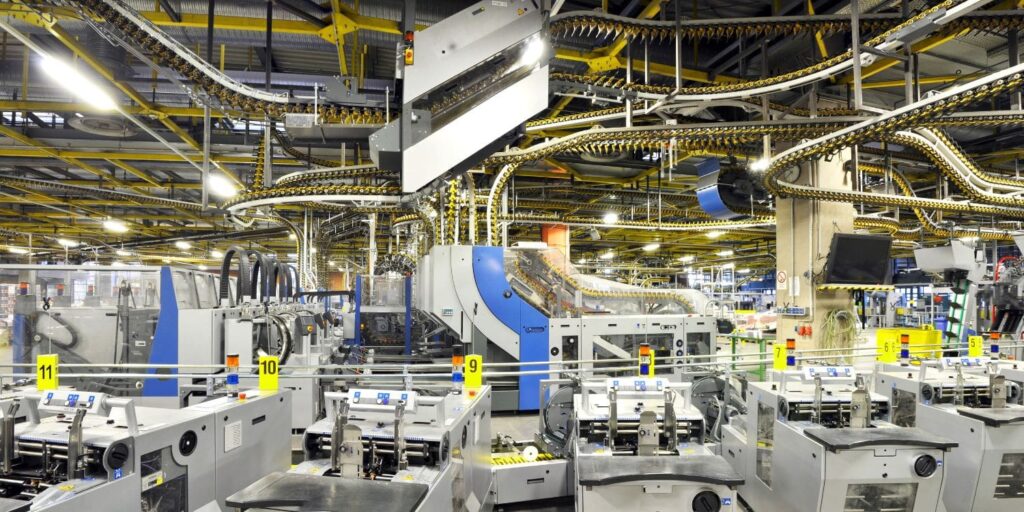Consulting Services
Project Rationalization for Critical Business Ventures
The concept of project rationalization stands as a cornerstone strategy aimed at navigating the complex web of planning, executing, and managing projects. What is Project Rationalization? Project rationalization involves a systematic process to assess, prioritize, and streamline projects and initiatives based on their alignment with organizational goals, resource availability, and overall strategic value. This methodology…
Read MoreMaximizing Operational Efficiency: The Power of Process Optimization
Effective process optimization is a strategic endeavor essential for manufacturing and industrial operations seeking to enhance efficiency, reduce waste, and maximize profitability. This concept goes beyond mere operational adjustments, encompassing comprehensive reviews of plant design, layout, and equipment configurations. Crow Engineering, a leader in engineering design services, stands at the forefront of guiding businesses through…
Read MoreManufacturing Process Optimization: Elevating Efficiency and Profitability
In today’s competitive manufacturing landscape, efficiency and profitability are paramount. One of the key drivers behind achieving these goals is optimizing the manufacturing process itself. From evaluating equipment to implementing cutting-edge technology, the journey toward manufacturing process optimization is multifaceted and challenging. Understanding the Essence of Manufacturing Process Optimization Manufacturing process optimization is a comprehensive…
Read More


